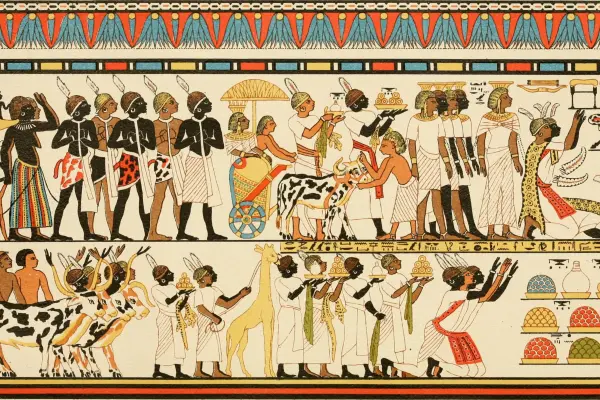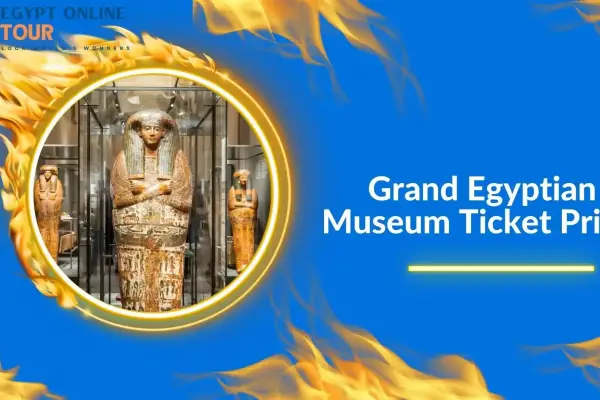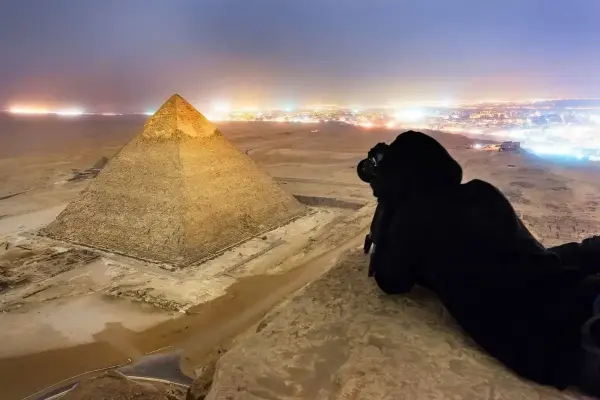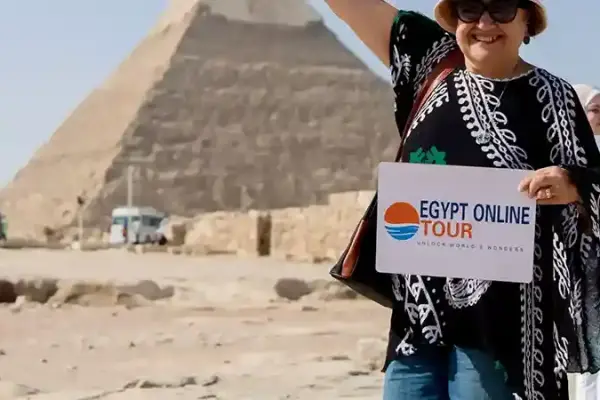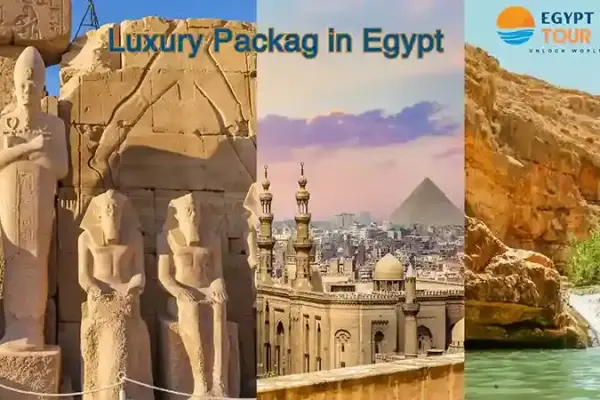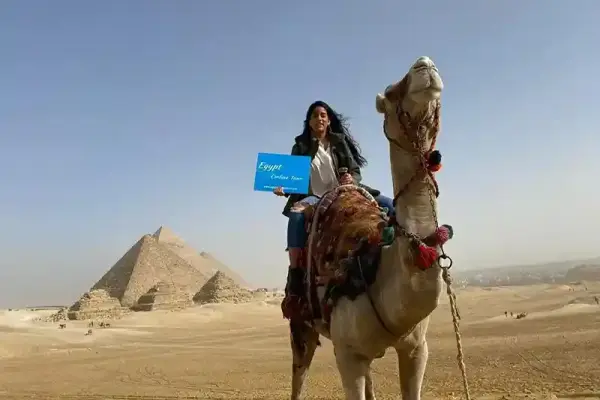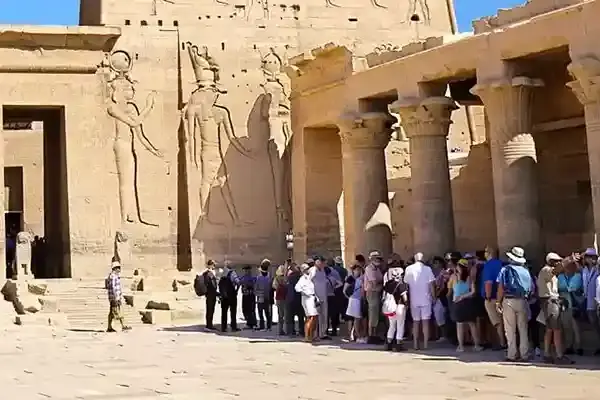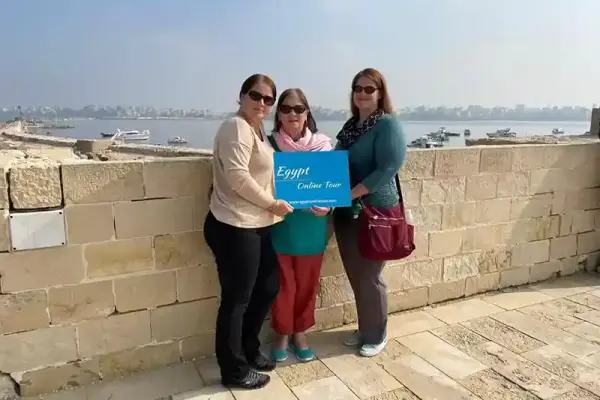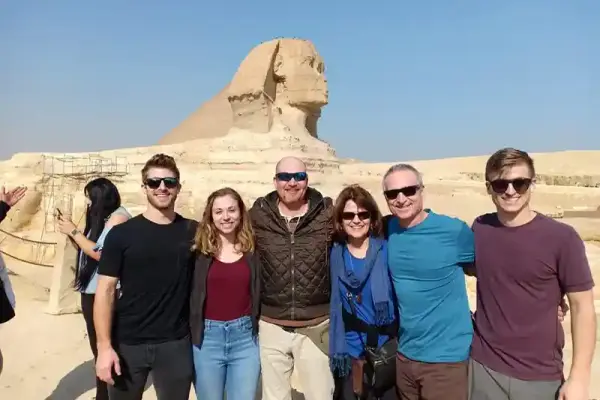Table of contents [Show]
What is the race of Egypt?
The Egyptian public are a perplexing and various gathering, with a great many family lines and legacy. Most of Egyptians today are of Bedouin plunge, yet there are additionally sizable populaces of Coptic Christians, Nubians, Berbers, and different gatherings. So what is the race of the Egyptian public? In fact talking, they are a Center Eastern and North African (MENA) populace. Nonetheless, given the variety of the country, it is difficult to express that there is one explicit "race" of Egyptians.
Race in Ancient Egypt
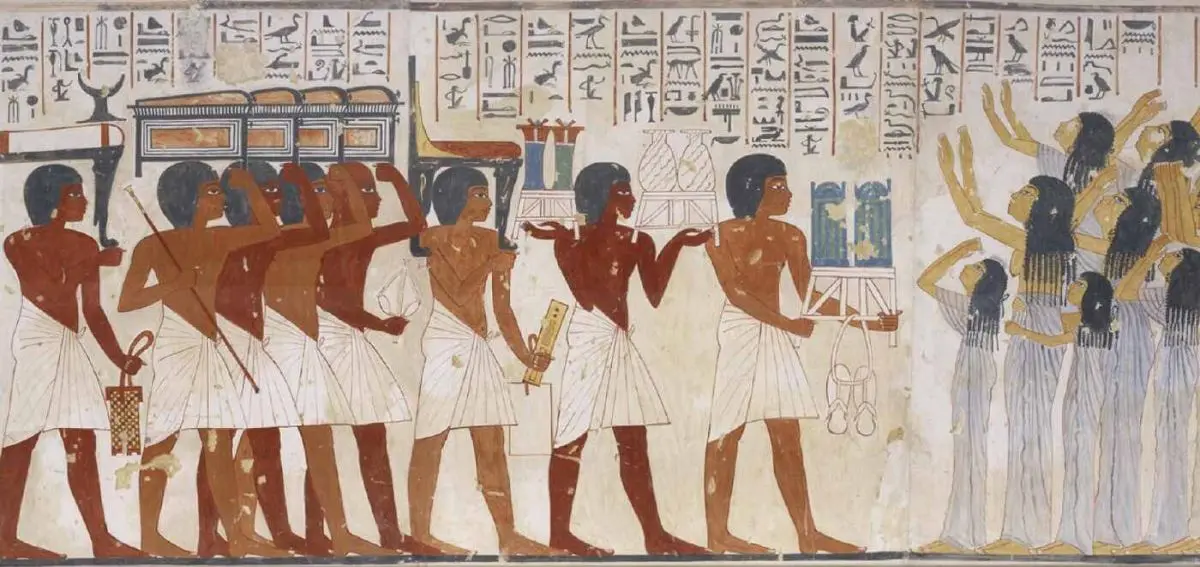
There is a lot of discussion encompassing the race of old Egyptians, as there is no reasonable agreement in the scholarly local area. This is additionally muddled by the way that the expression "race" is a cutting edge build with no unmistakable definition. For the reasons for this conversation, we will utilize the expression "race" to allude to a specific actual gathering or potentially hereditary qualities.
So, there is proof to recommend that old Egyptians were of blended race. Investigations of old Egyptian mummies have shown that they had an assortment of complexions, going from extremely light to exceptionally dim. This proposes that old Egyptians were not a homogeneous group, yet rather came from a wide range of racial foundations.
There is additionally proof to propose that antiquated Egyptians intermarried with different people groups from neighboring areas. For instance, a DNA investigation of an old Egyptian mummy known as "The More youthful Woman" uncovered that she had hereditary connections to both Europe and Sub-Saharan Africa. This shows that old Egyptians were not detached from different people groups, yet rather communicated and intermarried with them consistently.
Taking everything into account, there is no authoritative solution to the subject of what race old Egyptians were. Notwithstanding, the proof recommends that they were heterogeneous individuals, with a wide range of physical and hereditary qualities.
History of Race in Ancient Egyptians

The Egyptian public have a long and complex history with regards to race. The old Egyptians were a portion of the primary individuals to foster an idea of race, and their perspectives with regards to this issue developed over the long haul.
From the beginning, the Egyptians isolated individuals into two gatherings: the people who were local to Egypt, and the people who were not. This division depended on skin tone, with local Egyptians being more obscure than non-locals. This early type of racial separation was reasonable because of the way that outsiders were in many cases seen as a danger to Egyptian culture.
As time went on, the Egyptians started to lump all non-local people groups together into a solitary classification, paying little heed to skin tone. This is reflected in their craft and writing, which frequently portrays outsiders as having brown complexion. In the long run, this perspective turned out to be boundless to such an extent that significantly lighter-cleaned outsiders were viewed as darker looking by the Egyptians.
Assuming that you're keen on old history, there could be no more excellent spot to go than Egypt. This nation is home to probably the most noteworthy archeological locales on the planet, Go through Egypt tours and pick your number one.
The Egyptians likewise fostered an order among the various races. They accepted that their own race was at the top, trailed by Asians, then, at that point, Africans. This ordered progression was reasonable in view of force and renown, as Egypt was one of the most impressive realms of now is the right time.
The Egyptian view on race changed indeed during the Roman time. As Egypt turned out to be essential for the Roman Domain, Romans started to get comfortable Egypt en masse. The Egyptian first class started to intermarry with these fresh debuts, prompting an adjustment of mentalities towards race. Romans were currently viewed as being similarly comparable to Egyptians
Art of Ancient Egyptian Race
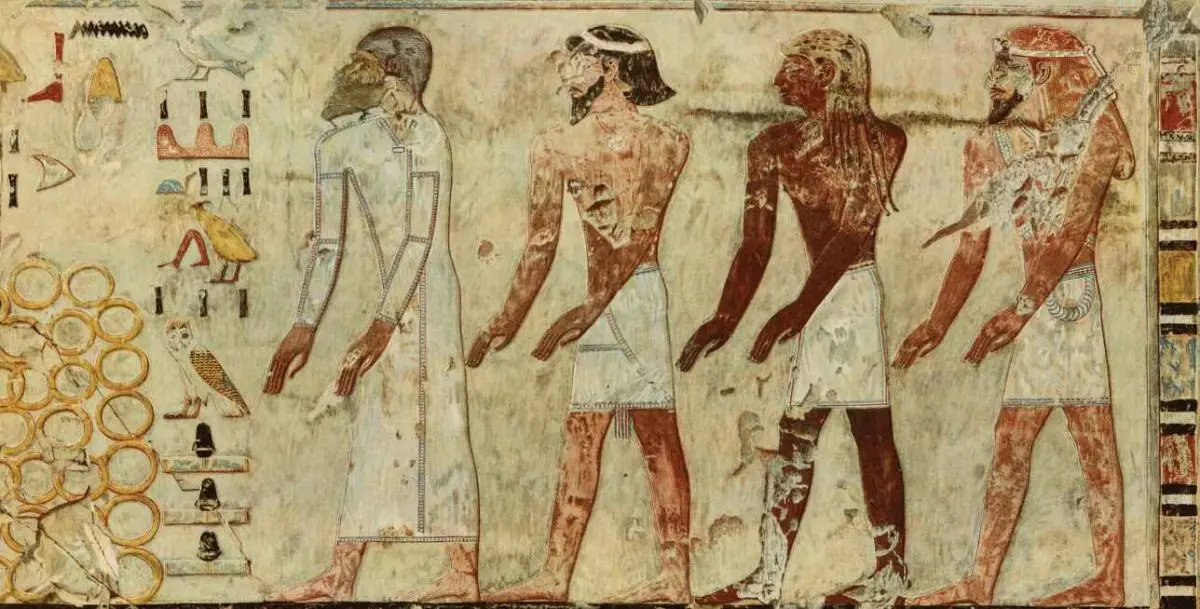
The Egyptians were a black race, and their art reflected this. Their paintings and sculptures depicted themselves as black-skinned with frizzy hair. This is because they wanted to represent themselves as they truly looked, not how the Greeks or Romans saw them. Egyptian art is some of the most beautiful and realistic in the ancient world
If you want to immerse yourself in Ancient Egyptian culture, then a guided tour is probably the best option. These tours typically include visits to the Giza Pyramids , the Sphinx, the Valley of the Kings (Luxor day tours ), and other iconic sites. You'll also get to experience traditional activities like camel riding and henna painting.
Popular Categories
Related properties
Cairo, Aswan, and Luxor
-
Precio
$ 2,850
-
Tipo
Package
Cairo, Aswan, and Luxor
-
Precio
$ 1,850
-
Tipo
Package
